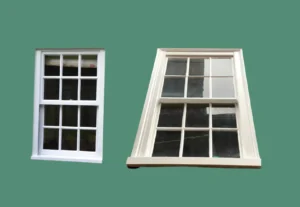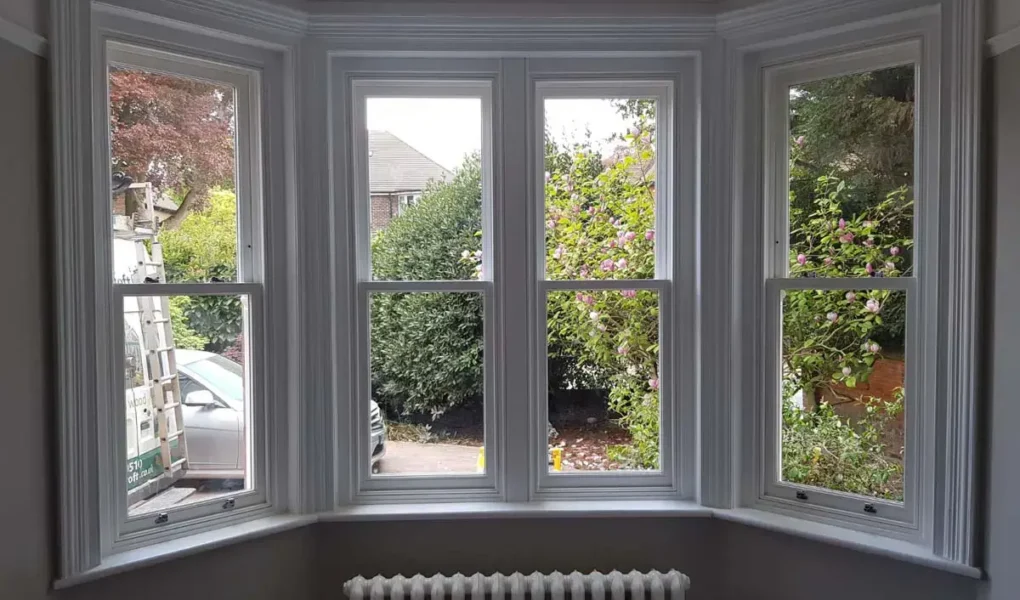Introduction to Sash Windows
Sash windows have stood the test of time, evolving from their origins in 17th-century England to become a popular choice in modern homes. Their classic design, versatility, and timeless appeal make them a sought-after option for homeowners looking to add charm and character to their properties.
Whether you opt for single-hung or double-hung sash windows, the benefits are clear – improved ventilation, ease of cleaning, and an aesthetically pleasing addition to your home. With proper maintenance and care, sash windows can last for generations while maintaining their functionality and beauty.
History and Origin of Sash Windows
Sash windows have a rich history dating back to the 17th century in Europe, where they were first introduced. The term “sash” actually refers to the frame that holds the glass panes in place within the window structure. These windows became popular during the Georgian and Victorian eras, adding elegance and functionality to buildings of that time.
Originally crafted from wood, sash windows were later produced using more durable materials like metal and uPVC as technology advanced. The design of sash windows allowed for better ventilation compared to other window styles prevalent at the time.
With their classic look and practical features, sash windows quickly spread beyond Europe to North America during colonial times. Today, these timeless windows continue to be a popular choice for homeowners seeking a blend of tradition and modern functionality in their homes.

Types of Sash Windows: Single-Hung vs Double-Hung
When it comes to sash windows, there are two main types to choose from: single-hung and double-hung.
Single-hung sash windows have one movable panel that slides vertically while the other pane remains fixed. This design allows for ventilation from the bottom opening.
On the other hand, double-hung sash windows feature two moveable panels that slide independently. This provides more flexibility in controlling airflow and cleaning both sides of the window.
Both types offer a classic look and timeless appeal to any home or building. Single-hung windows are often preferred for their simplicity and cost-effectiveness, while double-hung windows provide better versatility.
Whether you opt for single or double-hung sash windows, each type brings its own charm and functionality to enhance your space.
Components of a Sash Window
When it comes to sash windows, understanding their components is essential for both maintenance and appreciation of their design. The primary elements include the frame, sashes, cords or chains, pulleys or weights, and hardware like locks and pulls.
The frame serves as the structure that holds everything together. The sashes are the moving parts of the window that slide up and down within the frame. Cords or chains connect the sashes to counterbalancing weights hidden in the frame, allowing for smooth operation when opening or closing.
Pulleys are typically found at the top of each side of the window frame and guide the cords or chains. These components work harmoniously to ensure proper functionality while adding to the aesthetic appeal of a traditional sash window design.
Benefits of Installing Sash Windows
When it comes to installing sash windows in your home, numerous benefits can enhance both the aesthetics and functionality of your space. One advantage is the classic charm they bring to any property, adding a touch of elegance and timeless appeal.
Sash windows also offer excellent ventilation options, allowing you to control airflow by adjusting the top and bottom sashes. This feature is especially beneficial during hot summer months when you want to keep your home cool and comfortable without relying on air conditioning.
Installing sash windows can not only elevate the look of your home but also improve its overall performance in terms of comfort and energy efficiency.
Maintenance and Care Tips for Sash Windows
Maintenance and care are crucial for keeping your sash windows in top condition. Regularly inspect the window frames, sashes, and panes for any signs of wear or damage. Clean your sash windows periodically using a mild detergent solution to remove dirt and grime. Avoid using abrasive cleaners that may scratch the glass or wood surfaces.
Check the cords, pulleys, and weights of your sash windows to ensure smooth operation. Lubricate the moving parts with a silicone-based lubricant to prevent sticking or friction. Tighten any loose screws or hardware as needed to maintain structural integrity.
In colder months, draft-proof your sash windows with weather-stripping to improve energy efficiency and reduce heat loss. Trim any overgrown vegetation around the window area to prevent moisture build-up and potential rotting of wood components.
By following these maintenance tips regularly, you can extend the lifespan of your sash windows while ensuring they remain functional and visually appealing for years to come.




